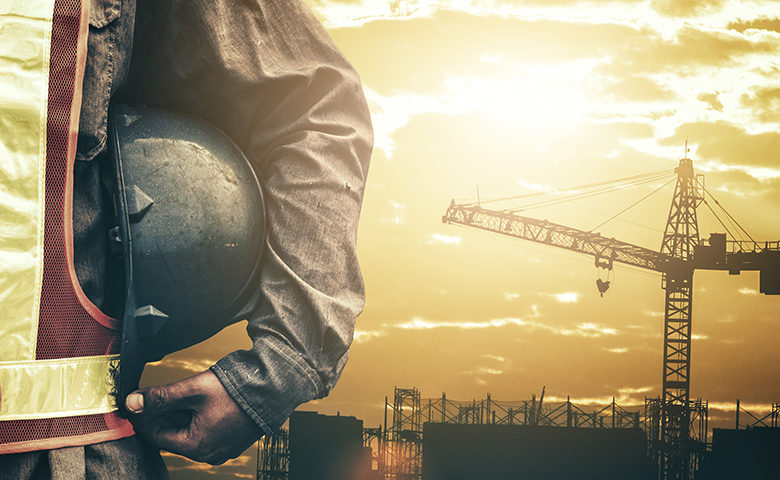Safe crane operations require a number of well-trained and committed people to ensure that all safety processes and standards are followed. All workers must receive correct training and follow safety procedures, but there is a number of people whose jobs are vital to crane operations and whose responsibilities and training affect the safety of everyone in the area. As a result, they need to be mindful of additional safety concerns.
Operators
All operators must be certified or qualified and the employer is responsible for covering the costs of the certification. Depending on the employer and industry, operators have four options of certification:
- accredited testing organization;
- audited employer program;
- U.S. military; and
- state/local government license.
The testing criteria for crane operator certification consist of a practical test and a knowledge test covering subjects such as controls characteristics, preventing power line contact and calculating capacity. Crane workers need to be knowledgeable and skilled, so all operators must be trained and evaluated before working with the equipment.
Spotter
A spotter (signal person) should be used when the point of operation is not in full view of the operator, their view of direction of travel is obstructed, or there are site-specific safety concerns. The importance of spotter training and experience cannot be overstated, because they effectively act as the crane operator’s eyes on the ground. In general spotters must:
- know and understand signals (having passed a verbal or written test in addition to a practical test) and are competent in using them; and
- have a basic understanding of crane operation.
Rigger
Employers must use a qualified rigger for assembly and disassembly work, hooking, unhooking and guiding a load. Riggers are also needed for jobs that require workers to be in the fall zone to handle the load—because in such situations, it is vital that the load is rigged by a qualified rigger.
A qualified rigger must be able to properly rig the load for a particular job, but they don’t have to be qualified to do every type of rigging tasks. Each load has unique properties, so employers must make sure that the rigger can do the work needed for the exact types of loads and for each particular job. Generally, a qualified rigger must:
- possess professional standing, a recognized degree or certificate, or have extensive knowledge, training, and experience; and
- successfully demonstrate the ability to solve problems related to rigging loads.
Assembly/disassembly director
Assembly or disassembly of a crane is no small feat and requires an A/D director who is a competent & qualified person or who is a competent person assisted by a qualified person. More specifically, the A/D director must:
- understand assembly and disassembly procedures;
- review procedures before work begins, unless they understand the procedures and have used them before for this equipment type and configuration;
- check that crew members understand their tasks; and
- ensure that crew members know and understand workplace hazards, and are aware of which hazardous positions or locations to avoid.
Inspector
Crane inspectors are not required to be certified, but they must be competent (i.e., possess a level of expertise that is based on the complexity and type of inspections they perform). However, more complex inspections (such as an annual inspection or an inspection after the completion of a modification or repair) require the inspector to be qualified and able to successfully demonstrate the ability to solve/resolve problems related to the inspection of cranes and related activities.
Different inspections might require a different person to perform them. For example, shift and monthly inspections can be performed by a competent person. But annual, post-assembly, and modification, repair or adjustment inspections need to be performed by a qualified person.
Training
If workers are present on a site where cranes and derricks are used, employers are responsible for ensuring that these workers are not exposed to any crane-related hazards. So even if an organization doesn’t use cranes themselves, they need to know the standards and train their employees accordingly if they might be affected by another on-site contractor.
All workers must be able to recognize and avoid hazards in their workplace—and training is the first step on the way to achieving this goal. Both theoretical and practical aspects of the training have to be clear and engaging to ensure maximum retention and application.
Safe operations of machines and other equipment depend on the training and dedication of the people involved. This is why employers need to create a culture of safety and encourage workers to engage in safe behaviors. Simply knowing the rules does not mean that they will be followed. A healthy safety culture helps employees focus on performing their jobs in compliance with safety processes, encourages them to look out for the safety of others and allows them to return home safely at the end of each shift.

